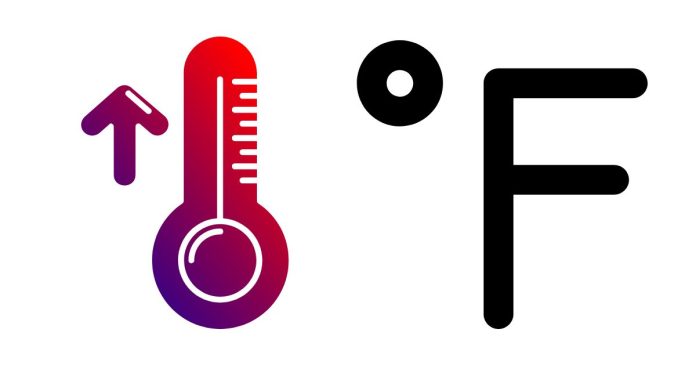32 degrees Fahrenheit is a key temperature point that marks the freezing point of water. At this temperature, water begins to transition from a liquid state to a solid state (ice) when the temperature drops further. The significance of 32°F is important in various fields, including meteorology, chemistry, and everyday life.
In everyday terms, 32°F is the threshold at which frost, snow, and ice form. In weather forecasts, it is a crucial point to watch, as temperatures at or below freezing can lead to hazardous conditions like icy roads and sidewalks. For instance, during winter months, areas that experience temperatures near or below 32°F can have snow, sleet, or freezing rain, impacting travel and safety.
In the context of temperature conversions, 32°F is equivalent to 0°C in the Celsius scale. This relationship between Fahrenheit and Celsius is useful when comparing temperatures used in different regions, as some countries use the Celsius scale (e.g., Europe), while others, like the United States, primarily use Fahrenheit.
Overall, 32°F is not just a number on a thermometer; it represents a pivotal point in weather patterns, physical changes in water, and the way we interpret temperature across different systems.


